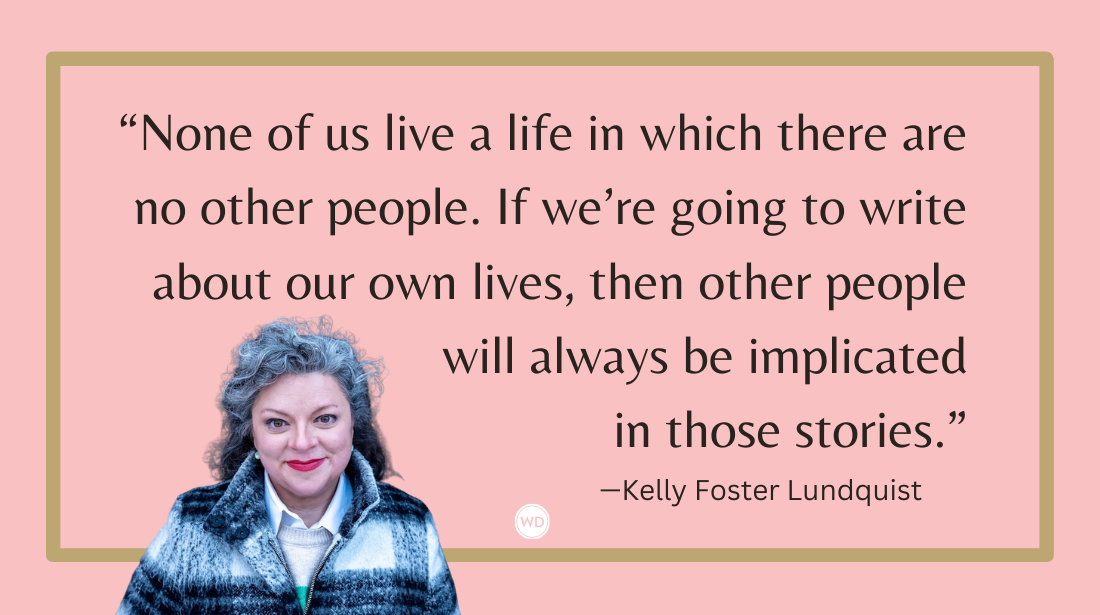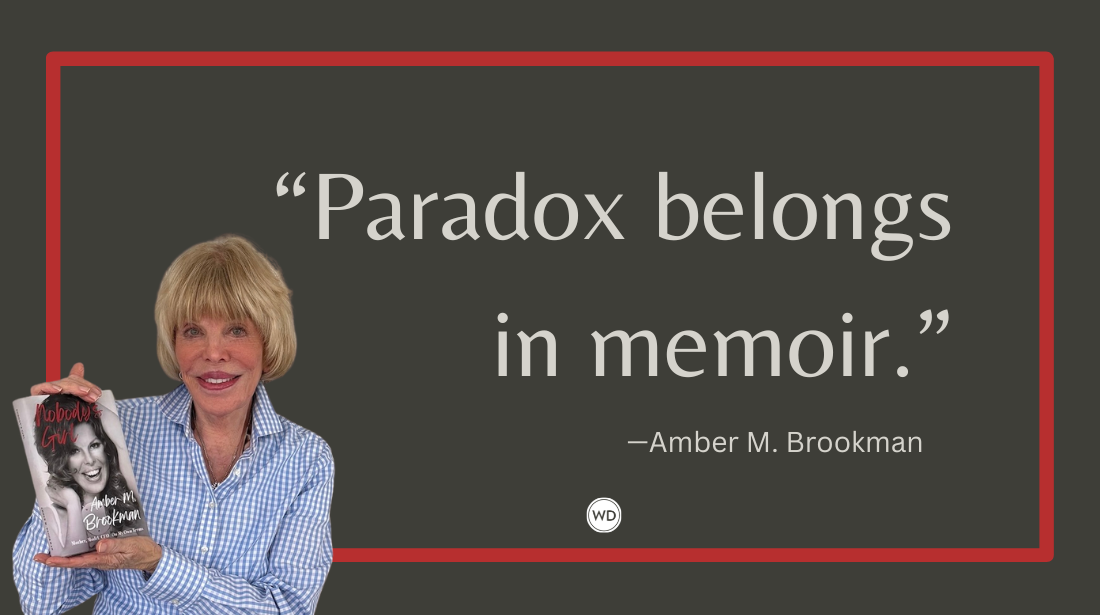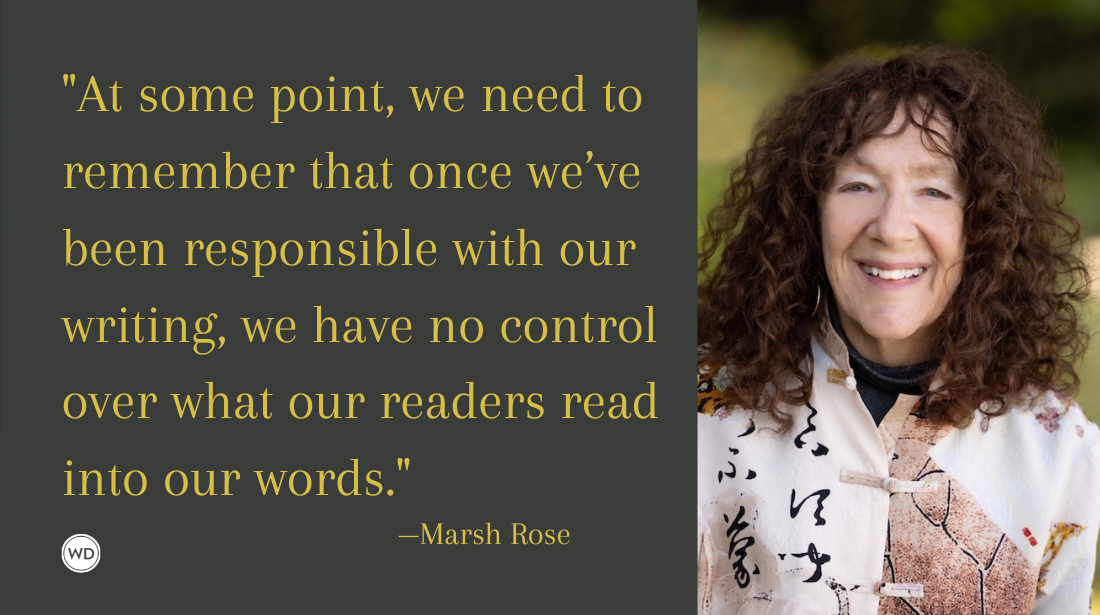Hearing Voices: 6 Steps I Used for Creating an Anthology
1. Find A Unique Theme After two positive experiences of contributing to anthologies about education, I was ready to work on my own. But what voice needed to be heard and hadn’t been heard before? A life-changing experience answered these questions when my son was deployed to war. The seldom-heard voices of mothers sending their sons and daughters to war needed to be heard. This Chorus would narrate their stories telling of the sacrifice our children make every day. 2. Set Goals For Your Anthology My son made it home, defying death several times. I could breathe again. I wanted this to be a book where military mothers could all breathe a little easier, narrating our stories and sharing our burdens.
An anthology has the power to magnify the voices of its contributors much like the device of a Greek Chorus in a play. The Chorus is the mouthpiece for the audience clarifying the theme of the play, adding commentary, asking questions, and narrating the action. In an anthology, the contributors become the Chorus, fulfilling the same function, making sure the unique voice of that collection of work can be heard “loud and clear” by its readers.
1. Find A Unique Theme
After two positive experiences of contributing to anthologies about education, I was ready to work on my own. But what voice needed to be heard and hadn’t been heard before? A life-changing experience answered these questions when my son was deployed to war. The seldom-heard voices of mothers sending their sons and daughters to war needed to be heard. This Chorus would narrate their stories telling of the sacrifice our children make every day.
The working title for the book was inspired by a letter sent from my son while serving in Iraq: “I look forward to brighter days of picnics and card games ... and church and things that families do together. I love you deeply, more than you know. Your son, Joe.”
2. Set Goals For Your Anthology
My son made it home, defying death several times. I could breathe again. I wanted this to be a book where military mothers could all breathe a little easier, narrating our stories and sharing our burdens.
My goals:
- Share stories from mothers of soldiers
- Use writing as a therapeutic venue
- Give back to our injured veterans (A portion of the book’s proceeds is donated to charities.)
3. Create Guidelines For Your Contributors
I asked contributors to share glimpses of their lives: What does it mean to be the mother of a soldier? How did you make it through the journey of separation from your child during their deployment? How has this experience changed you? What is the status of your soldier? It was important to have these starting questions as a jumping-off point. After all, some contributors had never written anything before, and they needed some guidance at first.
I also wanted, interwoven in the chapters, to include copies of e-mails, letters, photos, and recollections of phone calls between mother and soldier(s). All this was to be done free of political commentary.
4. Search For A Publisher
My first query was sent to a large publishing house interested in war memoirs. My query was rejected. I sent a second query letter with three requested chapters and book outline to a regional press. I approached Gray & Company, Publishers, because they had published a book similar in format to what I envisioned for Love You More Than You Know. After two weeks, I received a call from the publisher. He was interested, but he wanted more stories than I currently had.
5. Call for Submissions
The initial collection included only a dozen stories. I needed to reach more contributors. I had tried word of mouth, personal contacts, referrals, speaking engagements, and articles in the local community newspaper.
Looking for a larger network, I turned to Regina Brett, a columnist at the Cleveland Plain Dealer, to put out a call for submissions. She graciously featured the vision for our anthology in her column and on her radio show on WCPN FM, our local NPR affiliate. The response was overwhelming. Military moms from Ohio stepped forward and their writing would become the mouthpiece for the world community.
To organize the flood of e-mails, I painstakingly added names to my computer address book. I placed each story into its own electronic folder and included pictures, and author biographies. The stage was set. The contributors were invited to join a blog for encouragement and tips as the writing began. Within a few months of selecting, editing, and compiling a manuscript, there were more stories to send to the publisher.
6. Secure Release Forms
Release forms are legally required from authors, and photographers, for text and photos used in the anthology. Deployed soldiers also needed to grant us permission to use their letters, e-mails, and pictures included in their mother’s stories. Each family was sent release forms with a self-addressed stamped envelope to be returned to me. Depending on the situation, international phone calls, e-mails, and even PDF files containing signed release forms helped complete the process. All the release forms were sent to the publisher by registered mail.
The Power of Anthology
When the book was published and we gathered for our book launch, contributors hugged their copies close and some shed tears. Although the mothers in the anthology did not receive monetary compensation, they wanted to be part of this powerful chorus of voices. They wanted to be heard “loud and clear.” One mother confided that to this day, she carries her story in her purse everywhere she goes so that it is always with her. Another mom told how she cried the whole time she was writing, but felt like she was starting to heal. These 45 powerful tales of love, faith, and courage, remind our readers that our children stand in front of our flag, risking their lives so that we can live ours.
Janie Reinart is an independent teacher consultant, freelance writer. In writing groups, in workshops, and in school residency programs, Janie encourages emerging writers to tell their stories through prose and poetry. The anthology she put together is Love You More Than You Know: Mothers' Stories About Sending Their Sons and Daughters to War. See the book blog here.









